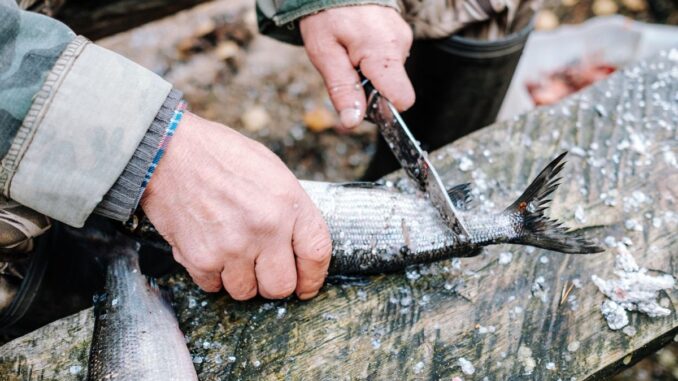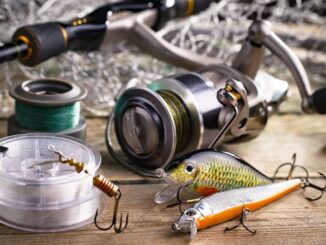
Fishing is a great sport, helps you get outside, and gets you fresh food from the water. If you’ve been fishing for a while but haven’t been eating what you catch, then now is the time to start. Check out some basic tips for cleaning and cooking the fish you catch.
Choose the Right Spot for Cleaning
The best place to clean your fish is in your home, but you can also do it outside near water so you can easily wash the fish and your hands. You’ll also need a flat, stable surface to make cleaning and preparing your fish for cooking much easier.
Get a Great Knife
A great knife is the backbone of fish cleaning. A sharp, flexible filleting knife makes the cleaning process safer and helps you remove the meat from the fish with minimal waste. A comfortable fit in your hand is one of the most important things to look for when buying a fishing knife. Once you get your knife, make sure you keep it sharp, as a dull blade can slip and lead to accidents.
Learn the Art of Filleting
Filleting may seem daunting at first, but with some practice, you can master this skill, which is essential for preparing your fish for the pan, grill, or oven. Start by making a cut behind the gills and along the backbone, guiding your knife toward the tail. Then, flip the fillet skin-side down and carefully slice between the meat and the skin. This technique produces clean fillets, ready for seasoning and cooking. Remember, patience and practice are key to perfecting your filleting skills.
Know the Basics of Cooking Fish
Whether you prefer your fish grilled, baked, or pan-fried, there are a few key principles to keep in mind. Firstly, thicker fillets will require longer cooking times, while smaller, thinner pieces cook quickly and are easy to overcook if you don’t monitor them.
It’s also important to pay attention to the fish’s natural flavor and texture. Delicate fishes like tilapia or flounder benefit from gentle cooking methods such as steaming or baking, whereas firmer fishes like salmon or tuna are excellent candidates for grilling or pan-searing.
Lastly, always ensure your fish is cooked thoroughly, with the internal temperature reaching at least 145°F (63°C) to ensure food safety.
Mastering these tips for cleaning and cooking the fish you catch will help you enjoy the fruits of your fishing hobby more. You’re sure to impress yourself and your companions with your new culinary skills next time you reel in a catch.



